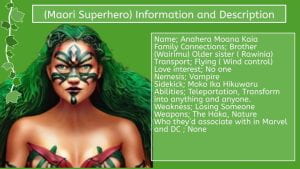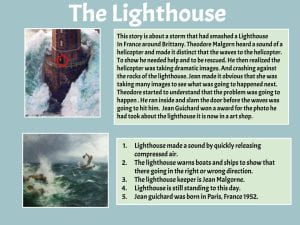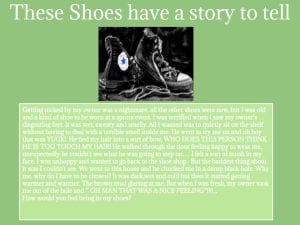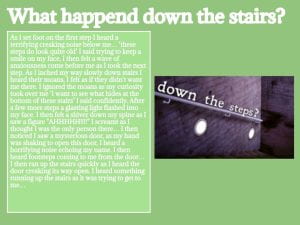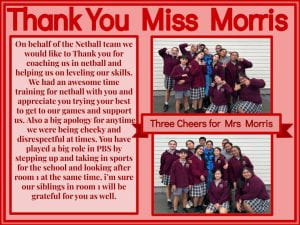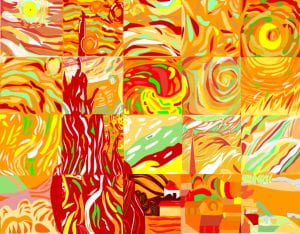For the step it up activity I had to create a poster about showing respect, I chose to create a poster about showing respect to my culture.
I chose three images, the three images repersented my iwi, whenua and kapa haka. I use these three images because it has a connection with my culture. In my DLO I talk about how I respect my culture. In the first image it repersents I show respect to my iwi by helping out at the marae and carry on the legacy. In the second image, I show loyalty to my kapa haka waiata by singing proudly and leading my schools waiata. The last image also honored by the people who were here before me who worked and protested to fight for the land and people.
I enjoyed this activty because I had the chance to create a DLO to tell everyone about how I respect my culture and how I repersent it.
